
Accelerate Your Forecasting Process with J+D’s Proprietary Software Tool: A Case Study
J+D were approached by a global pharmaceutical company with a broad pipeline across rare diseases, who needed an improved forecasting
The field of pharmaceutical forecasting has changed significantly over the last few years. There has been a clear demand for better forecasting due to the dynamic nature of the pharmaceutical industry.
With the precedent set by the COVID-19 pandemic, the pharma industry are turning to innovative solutions to expedite drug development and improve productivity. We now see the demand for digital solutions extend to forecasting teams as the market becomes more complex and challenging to predict.
Moving into the digitalization age is creating new opportunities, demands and challenges for forecasting teams and we are helping more companies integrate our solutions to simplify, standardise and streamline their forecasting processes.
We expect the trajectory of progress in this area to continue in 2023.
Here are the top trends within pharmaceutical forecasting predicted this year.
More and more life science organizations are realizing the benefits of a digital transformation strategy. Although some are slow to adopt, others are leading the way, embracing the digitalization era for their forecasting processes.
Cloud-based technology plays a major part in this transformation, offering automation to displace manual tasks and reduce errors, plus easy deployment of analytics, converting data into valuable insights for better decision making. Further enhanced by the ability to work off-line and easily download or upload files for fully flexible, connected working.
For large pharmaceutical organizations, the entire software infrastructure is becoming more manageable with the introduction of SaaS (Software as a Service) solutions. With continued financial pressures on healthcare systems, cost effective drug development and delivery is essential to deliver value. A flexible modular approach is allowing even small organizations to afford industry specific forecasting offerings, removing the need to rely on third-party service providers or stay with a generic solution.
Covid has turbo charged the acceptance of SaaS to address the demands of working from home, with instant access through existing web-based applications. Low-cost implementation, scale up/down flexibility and technology advances allow fast and easy integration of SaaS solutions for forecasting teams.
The demand is for a consensus basis approach to model design within global organizations, using technology which facilitates better communication across teams. Cloud-based systems for forecasting functions are supporting the integration of standardized model and process management and Pharma-specific forecasting platforms are delivering significant efficiencies. With this real-time forecasting, communication and collaboration are improved and decision makers at regional and global levels can see the impact immediately to stay in control.


After a year of financial uncertainty which saw many organizations cut expensive resources and streamline internal teams, it’s expected that more pharmaceuticals and biotechs will look to bring their forecasting functions in-house in 2023.
Having forecasting functions in-house seems an obvious choice but with the lack of specialized capabilities, many businesses still utilize external agencies, often with a premium price tag. Moreover, every business has its own views and objectives which can be lost when outsourcing forecasting activity. Good, evidence-based business decisions often need to be made quickly and with a third-party provider often comes time-lag or miscommunication.
Historically, forecasting hasn’t had the same level of investment as other business critical functions and rather than sit within specialist teams, was usually managed by Business Insights or even Finance teams. With it’s importance now elevated within organisations, integration with other business critical functions such as Supply Chain and Finance is expected for a more sophisticated approach to forecasting.
Building their own internal models and understanding best forecasting practices and principles and how to put these into practice, will lead to better forecasts. However, it’s essential to know how to forecast properly in order to drive the narrative, which is where the value comes when you are delivering a forecast. Pharma-specific software with specialized pharmaceutical forecasting training and support will be in demand as teams prepare to take ownership of their forecasting processes.
Patients are likely to take modern medicines for longer, plus leave therapy for a variety of reasons, leaving forecasters to figure out how to model these complex dynamics. Demand for more personalized medicines is increasing, with value-based pricing the future expectation. With this rising complexity, automated functionality is widely stated as a desired component within forecasting software.
With machine learning (ML) and artificial intelligence (AI) algorithms becoming more popular, specialist software providers are offering highly automated forecasting and visual reporting capabilities within their solutions. Using ML for data sources adds more value, with enhanced business insights for better decision making.
Automated AI-driven forecasting promotes these benefits by consuming real-time data and continuously identifying new patterns. This capacity enables fast, agile actions because the model anticipates demand changes rather than just responding to them.
Having advanced algorithms within the software offers forecasters access to methodologies such as complex trending and ‘what if’ scenario planning, which may not otherwise be available within forecasting team skillsets. To enhance model build capabilities, automation within software saves time and reduces input errors for a more accurate forecast.
By expanding the forecaster’s toolkit in this way provides confidence in the data outputs for stakeholder teams, thus leading to a more engaged audience.


Forecasts are desired through multiple levels of an organization, highlighting the need for a more coherent process. Cloud-based technology is making forecasting a lot more efficient by streamlining the process, delivering automation, integration and collaboration throughout an organisation. Software design is becoming increasingly modular and customizable solutions can be tailored for a range of requirements, yet remain scalable within cloud-native forms.
Unfortunately, most cloud-based systems are generic platforms designed for all industries and the varying types of forecasting within those industries and so just won’t work for these teams. Because the pharmaceutical sector is unlike any other industry due to its complexity, the more preferred solutions are built specifically around the pharma forecasting process and contain relevant key functionality. That said, even some available solutions designed specifically for the pharmaceutical industry are disappointingly inefficient and inflexible, often costing the business time and money for simple model changes, reports, or user access updates.
A custom solution which delivers the insights needed for the forecasting process, where models can be built and modified with ease is demanded. Interest in Excel-based forecasting solutions is growing, where high usability, flexibility and self-sufficiency is ensured through well-established and familiar applications. These solutions provide a place where forecasters can work independently with familiar tools, and gain forecasting efficiencies for the whole business.
In the past, switching costs may have been a barrier to new installation investment. However, with the support of cloud-based services, more money might be spent on customization and embedding company-specific process workflows. Therefore, preferred platform solutions have a broad range of options for customized functionality, reports and process management flow, configured to meet individual business requirements.
The trend for more automation does not stop at the algorithm level. It also applies to analysis through advanced visualization and report generation, which has become increasingly important.
Forecasters and broader stakeholders are driving the demand for a much more visual-driven process where visualization can be used as an analytical tool. Historically, forecasts were viewed in a very static way with limited data. Stakeholders now want the ability to see the impact of changes instantly in a more interactive and dynamic format. Consequently, collaborative features and better visual workflow have been some of the most frequently requested improvements in forecasting software.
The ability to call on analytical tools to show how altering assumptions affects outputs is in increasing demand. Within fast paced forecasting environments, access to clear and easy visualization for sensitivity analysis and scenario planning is essential.
Having the appropriate tools and platform functionality means that buy in from global stakeholders can be achieved much faster. The ability to incorporate and customize already utilized tools such as Excel and Power BI is a plus. Changes within the forecast can be visualized in real time which then carry through to fully customized reports and auto-populated PowerPoint slides.

The challenges that pharmaceutical companies face are ever changing and vary widely across therapy area or region. For big pharma, the pressure on pricing continues through regulation and generic substitution, as well as the need to fill the pipeline with innovative compounds. For innovative small Biotech, the challenging economic environment is increasing scrutiny from investors to deliver value. These challenges increase the importance of making good, evidence-based decisions quickly.
Financial crisis and conflicts will continue to disrupt regional and global supply and demand within healthcare systems, causing additional challenges for forecasting teams. Therefore, the trend for technology to deliver digitalized forecasting is expected to continue, allowing a more flexible adoption of forecasting strategies.
The challenging world of pharmaceutical forecasting, with locally created models, siloed working and an absence of process compliance is coming to an end. Efficiencies are gained through centralized forecasting processes with controlled access and data security. Easy integration, simple adoption, and the ability to work from any location means collaborating seamlessly with stakeholders globally will become the norm.
Common challenges will lead future trends in this area. ‘How can you best keep a model simple and streamlined and still answer the business questions?’ ‘What level of depth of methodology should be used to inform different stakeholders?’ ‘How to communicate the value vs. limitations of a forecast to senior management to not set false expectations?’
Addressing these challenges to deliver efficiencies within forecasting will continue to be the focus for J+D as we carry on investing in the needs and demands of our clients.
Our cloud-based, industry specific forecasting platform, FC365 continues to evolve. In the latest iteration, clients can build their own Power BI reports. Integration with more applications is in the pipeline for a fully streamlined approach.
J+D Forecasting is also building additional project management capabilities that will help clients significantly. In the future, the platform will focus on advanced analytics such as sensitivity and goal seeker scenario analysis.
Ultimately, FC365 will start incorporating other data sources so that clients can expand it outside the model and start using it to predict their business performance.

J+D were approached by a global pharmaceutical company with a broad pipeline across rare diseases, who needed an improved forecasting

J+D were approached by a global pharmaceutical company who needed a new forecasting solution with a robust process management system

The adoption of Onco+ has helped this biotech cut the forecast development pipeline significantly and supported best practice forecasting within

The background. In this case study, we showcase our latest work with one of Europe’s largest, leading biotechnology pioneers, helping























Have a forecasting challenge? Book a free consultation with us at a time that suits you, using the form below.